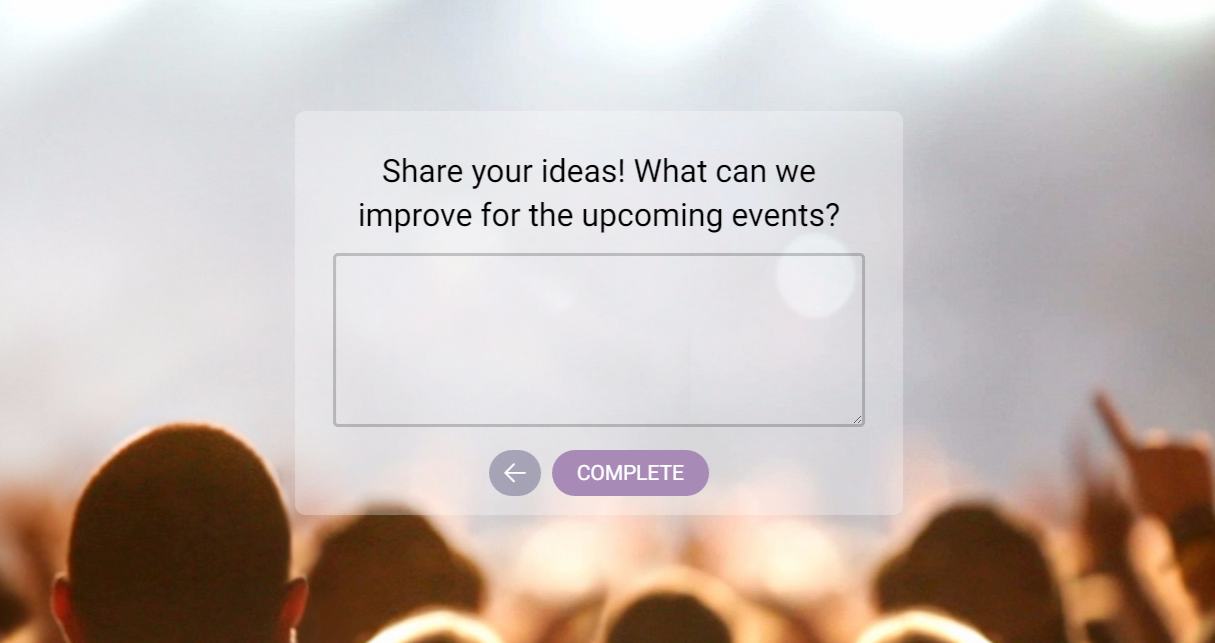
6 ways to get more from open-ends
How to elicit more detail from open-ends in your CX measurement
by Frank Buckler
It is a big challenge– most customers do not write much feedback when questioned about their experience with a product or brand in open-ends. In CX-surveys that are not tied to specific touchpoints, customers will often write nothing. What can we do about it?
1. Do telephone interviews
Phone interviews are a remedy for two diseases. They deliver much higher response rates and result in more comprehensive feedback to open-ended questions. No medicine without side effects: Typically, interviewers interpret feedback in imprecise and subjective ways. Additionally, customers feel under pressure to say “something.” The social pressure of responding to questions from another human being can introduce bias and result in misleading findings.
2. Force answers
Most companies will stick with online surveys simply for cost reasons. Some brands use a simple trick. They force customers to write something. Admittedly, some customers write NA, no comment, or just nonsense. However, it does produce results and generates customer feedback. However, customers will still tend to offer brief answers.
3. Assess a predefined tree of reasons first
Let’s face it. Customer feedback will generally result in 20 to 40 different topics. Why not present the top five themes (from historical results) in a survey and let customers make a simple choice between a small list of reasons? We have analyzed such data and found, as always, pros and cons. Yes, you get nearly 100% response. At the same time, you lose more than half of your open-end feedback. Overall, you lose granularity and win answer rates. Still, what are those closed-ended answers telling you? Does an aided answer have the same meaning as an unaided?
4. Ask better questions
A technique that typically helps to improve feedback in open-ends is to phrase your question well. Ask for help, ask politely, but still urge customers to answer. Most people are polite and feel some obligation to give more efforts.
5. Ask another question
“Different questions different answers” that is an obvious fact. So why not ask another question. The following question does work well for businesses with a high volume of customer interactions “Can you tell us about an experience you had that illustrates why you gave this answer?” Of course, this adds more time and effort to the customer. However, our research shows, that customers love open ends. They love to have the possibility to use their own words.
6. Be responsive with chatbots
Instead of asking a fixed question, we have found that you get more feedback if customers have the impression that follow-up or subsequent questions are based on prior feedback. It evokes more granular feedback if a chatbot responds to a positive but quite short comment, “Happy to hear that. Could you tell me a bit more about it?”… or that it was negative and the answer long “I’m sorry to hear this. Thanks for the detailed answer. Anything else we should know?”.
Our CX.AI chatbot performs all of these functions. It injects a pinch of “social” pressure without bias. As a result, we get much more granular feedback.
The CX.AI advanced chatbot goes the extra mile as it understands the content topics mentioned in the text in real-time and has predefined probing questions for each of them. The chatbot does not just produce more granular answers. It enables us to model detailed causal trees. If the bot understands “Great service” and asks for details, we can then learn exactly what makes a service great. If it understands “Trustworthiness,” we can understand what exactly makes customers trust you.
So, how can we make your customers answer more in your CX measurement open-ends? We discussed several options, and one thing became apparent: It is the wrong question. It is not enough to just generate more data. The ultimate objective is to learn what moves or stops your customers. What makes them become fans or haters? The desired insight is buried in the customer feedback and underneath several unavoidable biases that were discussed.
You can only uncover those insights when letting an AI find the causal link to your customer experience measure. That’s why we developed CX.AI – a platform built to understand what’s really driving customer perception and behavior. More on www.cx-ai.com
